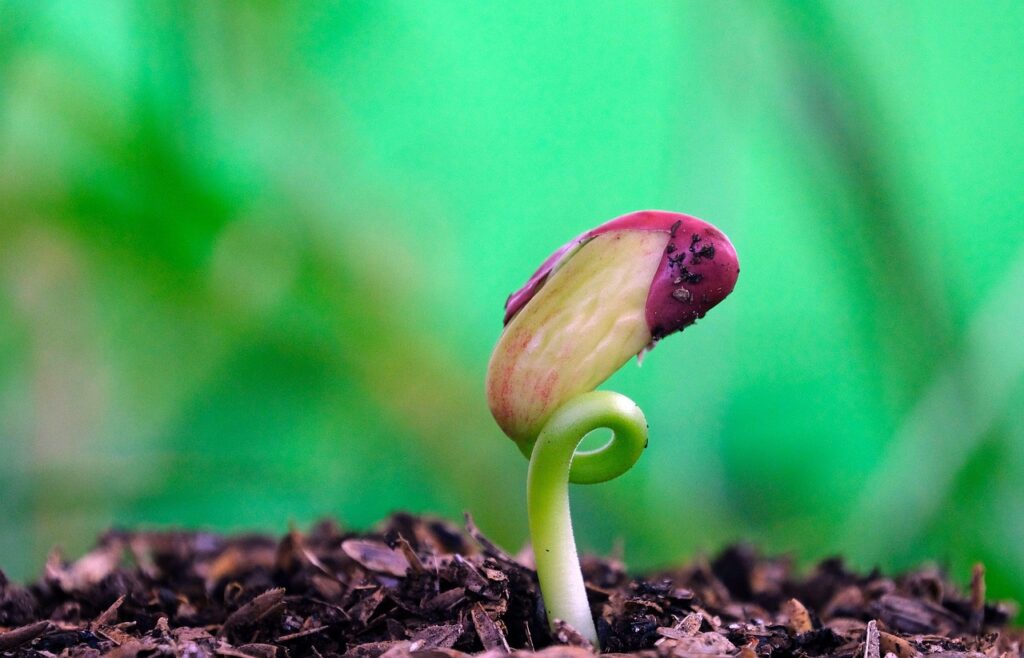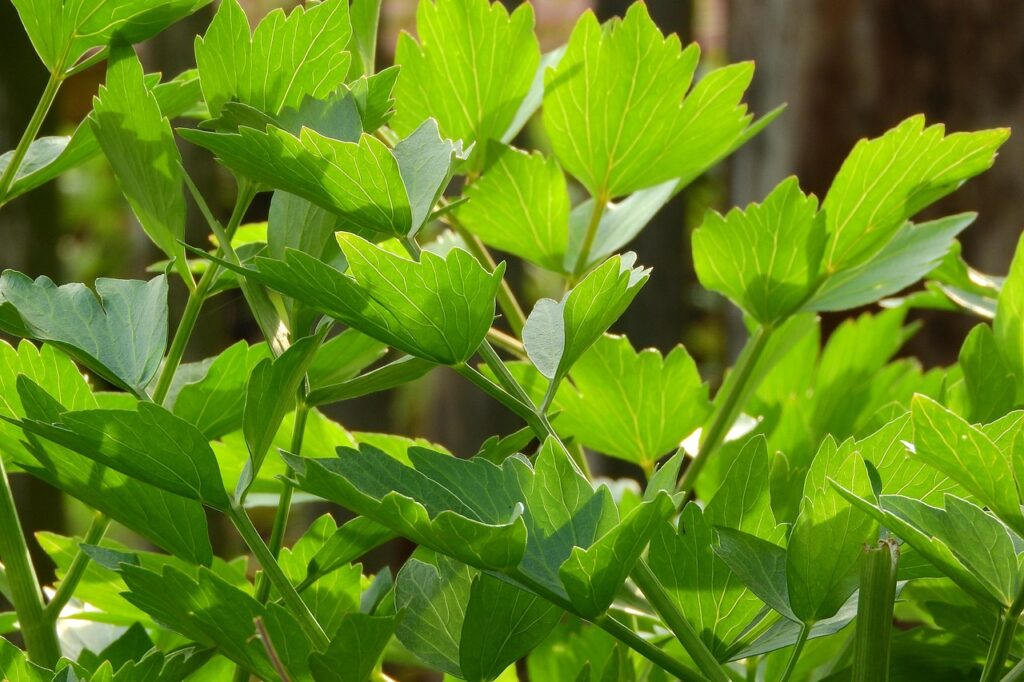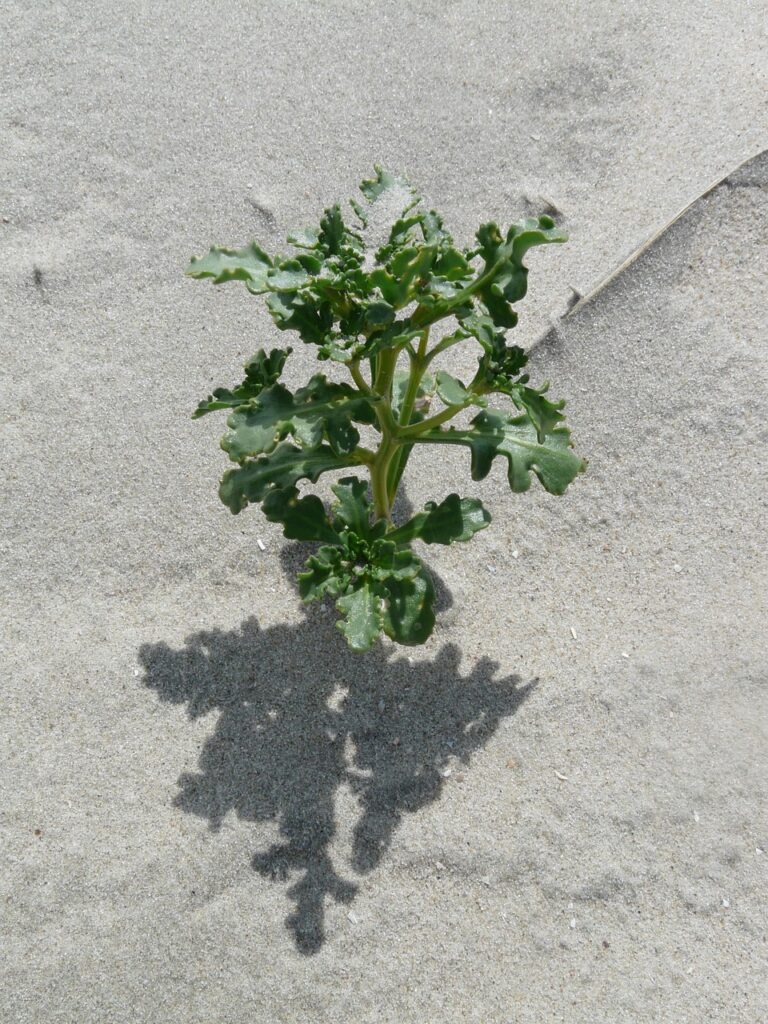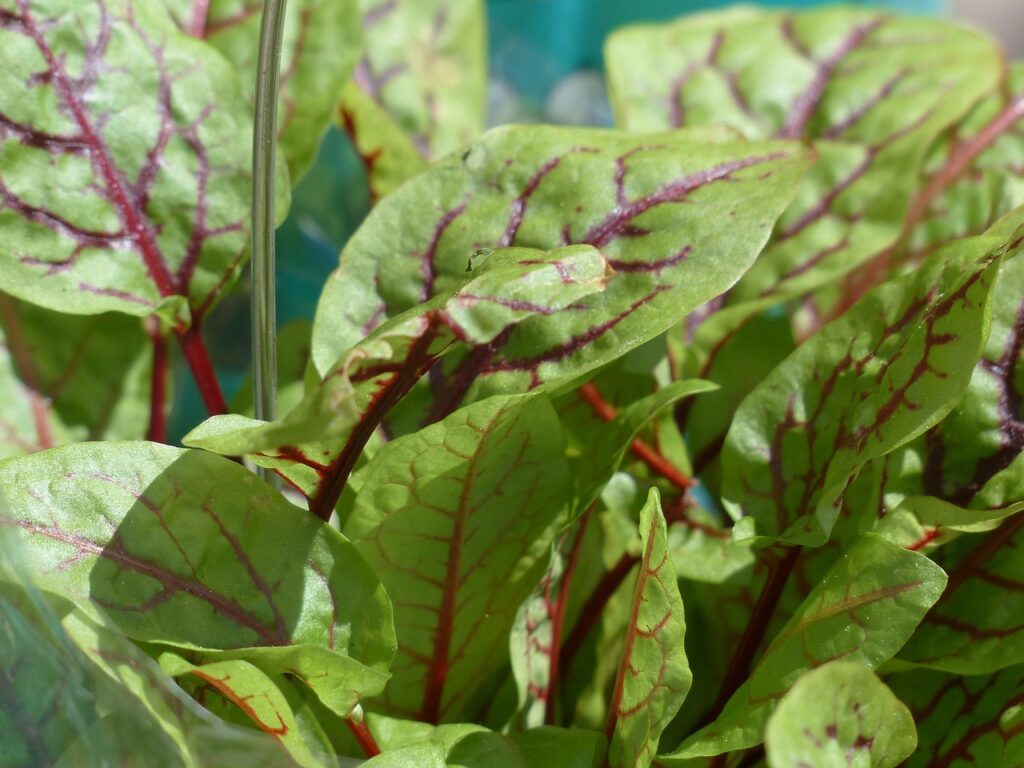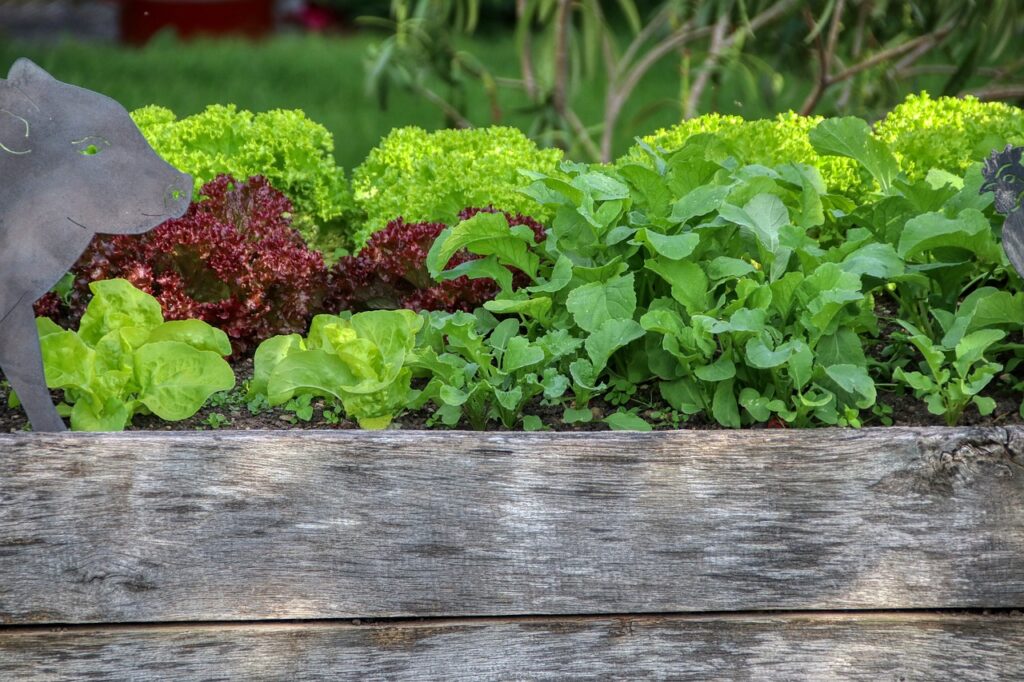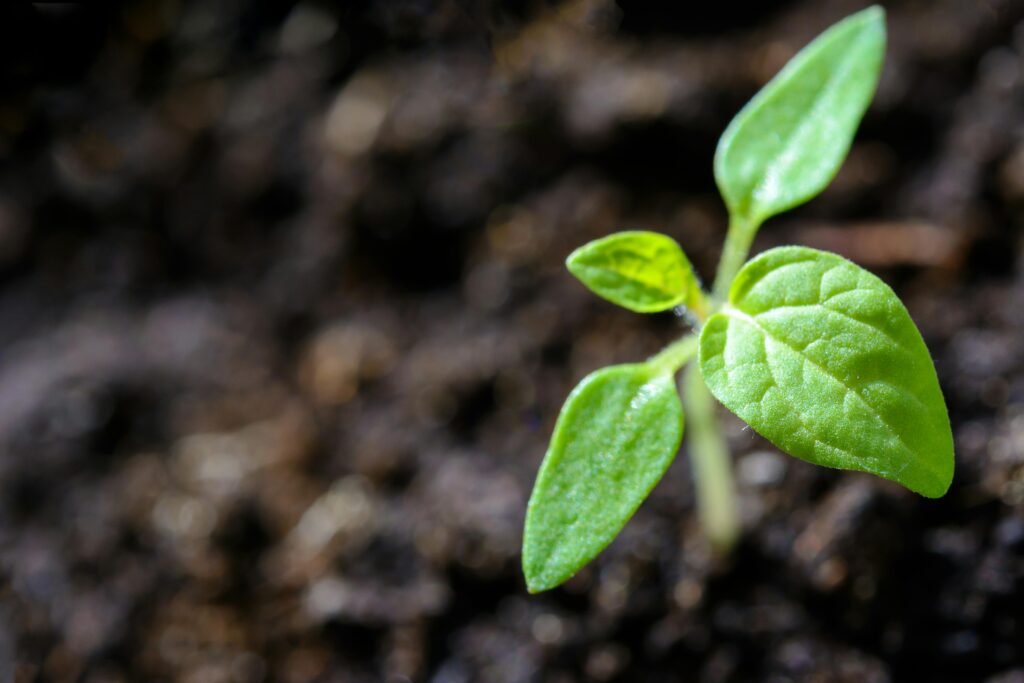Growing Pole Beans with Tomato Cages: A Lazy Gardener’s Hack That Works
If you’ve ever grown pole beans, you know they’re like energetic toddlers—always climbing, always tangling themselves around anything nearby. Most of us picture them growing up tidy teepees or fancy trellises, but here’s a little gardening cheat code: use tomato cages instead. Yup, the same ones you shove your tomatoes into every spring. They work […]
Growing Pole Beans with Tomato Cages: A Lazy Gardener’s Hack That Works Read More »

